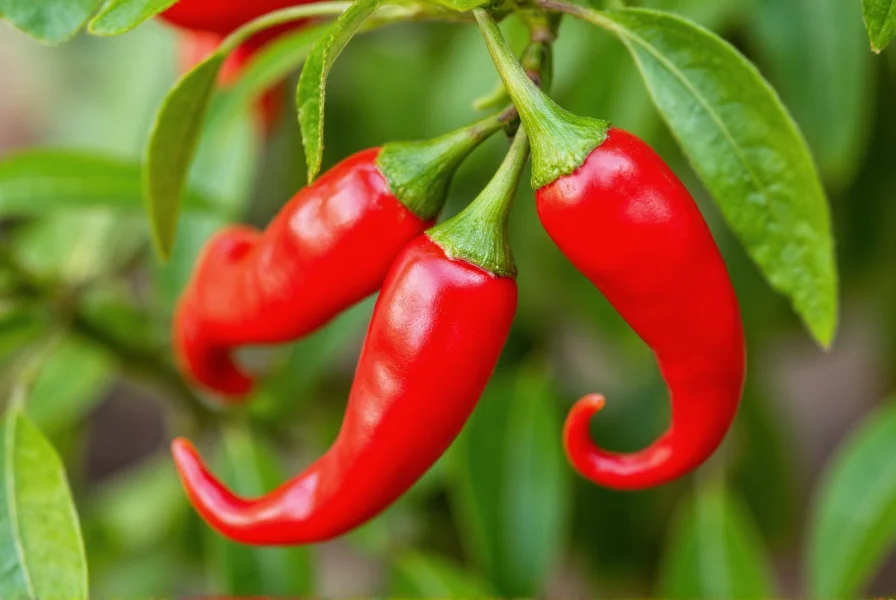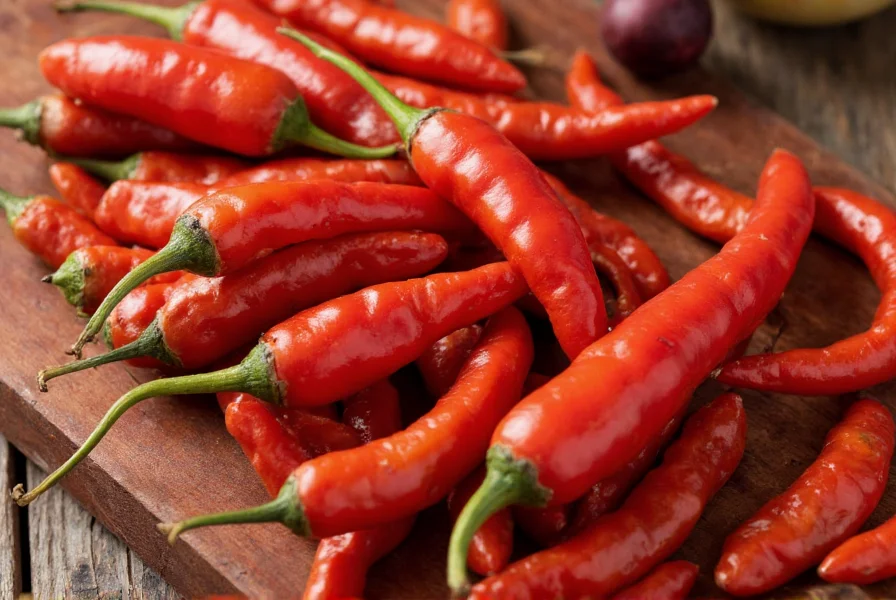When exploring the world of superhot peppers, the scorpion chili stands out as a formidable contender that demands respect and proper handling knowledge. This comprehensive guide provides essential information for enthusiasts, home gardeners, and culinary professionals interested in understanding and safely working with this extraordinary pepper variety.
Understanding Scorpion Chili Characteristics
The scorpion chili family includes several notable varieties, with the Trinidad Moruga Scorpion and Trinidad Scorpion Butch T being among the most famous. These peppers typically measure 1.5-2 inches in length with a distinctive bumpy texture and vibrant color that transitions from green to bright red as they mature. The defining characteristic—the curved tail—gives the pepper its scorpion-like appearance.
What does scorpion chili taste like beyond its intense heat? Many experienced users describe an initial fruity, almost sweet flavor that quickly gives way to searing heat. This complex flavor profile makes it valuable for hot sauce production and specialty culinary applications where controlled heat is desired.

Heat Level Comparison: Where Scorpion Chili Ranks
Understanding scorpion chili scoville units is crucial for safe handling. With a rating of 1.2-2 million Scoville Heat Units (SHU), it significantly exceeds the heat of more common peppers:
| Pepper Variety | Scoville Heat Units | Heat Comparison |
|---|---|---|
| Scorpion Chili | 1,200,000-2,000,000 | 400-800 times hotter than jalapeño |
| Carolina Reaper | 1,400,000-2,200,000 | Slightly hotter on average |
| Habanero | 100,000-350,000 | 4-12 times milder |
| Jalapeño | 2,500-8,000 | 150-800 times milder |
While the Carolina Reaper currently holds the official title of world's hottest pepper, the Trinidad Moruga Scorpion remains one of the most consistently hot varieties available. Understanding the difference between trinidad moruga scorpion vs carolina reaper is important for those seeking extreme heat experiences.
Growing Scorpion Chili Plants Successfully
Cultivating scorpion chili requires specific conditions to thrive. These tropical peppers need 90-100 days to reach maturity from seed and prefer warm temperatures between 75-90°F (24-32°C). Successful growers recommend:
- Starting seeds indoors 8-10 weeks before last frost
- Using well-draining soil with pH 6.0-6.8
- Providing 6-8 hours of direct sunlight daily
- Maintaining consistent moisture without waterlogging
- Using containers for better temperature control in cooler climates
Many gardeners report that scorpion chili plants can reach 3-4 feet in height and produce 20-30 peppers per plant under optimal conditions. The peppers typically change from green to vibrant red when fully mature and ready for harvest.
Safe Handling Practices for Extreme Heat Peppers
Proper knowledge of how to handle scorpion chili peppers is essential for safety. The capsaicin concentration in these peppers can cause severe skin irritation, eye damage, and respiratory issues. Always follow these safety protocols:
- Wear nitrile gloves (latex won't protect against capsaicin)
- Use safety goggles to protect eyes from accidental contact
- Work in well-ventilated areas to avoid inhaling capsaicin particles
- Avoid touching face, eyes, or sensitive areas during handling
- Clean all surfaces and tools thoroughly after use
- Have dairy products (milk, yogurt) nearby to neutralize accidental exposure
If you experience skin irritation from scorpion chili contact, wash the affected area with soap and cold water, then apply milk or yogurt to soothe the burning sensation. For eye exposure, flush immediately with cool water for 15 minutes and seek medical attention if irritation persists.
Culinary Applications and Recipe Considerations
Despite its fearsome reputation, scorpion chili offers unique culinary possibilities when used judiciously. Professional chefs and hot sauce makers appreciate its complex flavor profile that combines intense heat with tropical fruit notes. When incorporating scorpion chili into recipes:
- Start with minuscule amounts—a single seed can flavor an entire dish
- Remove seeds and membranes for slightly milder heat (though still extremely hot)
- Use in hot sauces, infused oils, or dried for powder form
- Balance with sweet or acidic ingredients to complement the flavor
- Always label dishes containing scorpion chili clearly
For home cooks wondering how to use scorpion chili safely, consider making a infused vinegar or oil first, which allows for controlled heat addition to dishes. Remember that cooking doesn't reduce capsaicin content—the heat remains stable through the cooking process.

Common Misconceptions About Scorpion Chili
Several myths surround this superhot pepper that deserve clarification. Many people mistakenly believe that scorpion chili can be fatal when consumed, but healthy adults can safely consume even the hottest peppers in moderation. The body's natural responses (sweating, flushing) help regulate the effects.
Another common misconception is that all scorpion chili varieties are equally hot. In reality, heat levels can vary significantly based on growing conditions, with stress factors like temperature fluctuations and limited water often increasing capsaicin production.
Understanding these facts helps enthusiasts appreciate scorpion chili for what it is—a remarkably hot but manageable ingredient that requires respect and proper knowledge for safe enjoyment.
Frequently Asked Questions
How hot is a scorpion chili compared to a jalapeño?
Scorpion chili measures 1.2-2 million Scoville Heat Units (SHU), making it approximately 400-800 times hotter than a jalapeño, which ranges from 2,500-8,000 SHU. This extreme difference means even a tiny amount of scorpion chili can overwhelm a dish that would normally use multiple jalapeños.
Can you grow scorpion chili peppers at home?
Yes, you can grow scorpion chili peppers at home with proper conditions. They require 90-100 days to mature, warm temperatures (75-90°F), well-draining soil, and 6-8 hours of direct sunlight daily. Starting seeds indoors 8-10 weeks before the last frost improves success rates. Container growing works well for temperature control in cooler climates.
What should I do if scorpion chili burns my skin?
If scorpion chili burns your skin, immediately wash the affected area with soap and cold water. Apply milk, yogurt, or another dairy product to help neutralize the capsaicin. Avoid using hot water as it can open pores and increase absorption. For severe reactions or eye exposure, seek medical attention after flushing with cool water for 15 minutes.
Does cooking reduce scorpion chili's heat level?
No, cooking does not reduce scorpion chili's heat level. Capsaicin, the compound responsible for heat, is stable through the cooking process. While some capsaicin may transfer to cooking liquids, the overall heat concentration remains largely unchanged. The perceived heat might vary slightly due to flavor integration, but the actual Scoville rating doesn't decrease with cooking.











 浙公网安备
33010002000092号
浙公网安备
33010002000092号 浙B2-20120091-4
浙B2-20120091-4